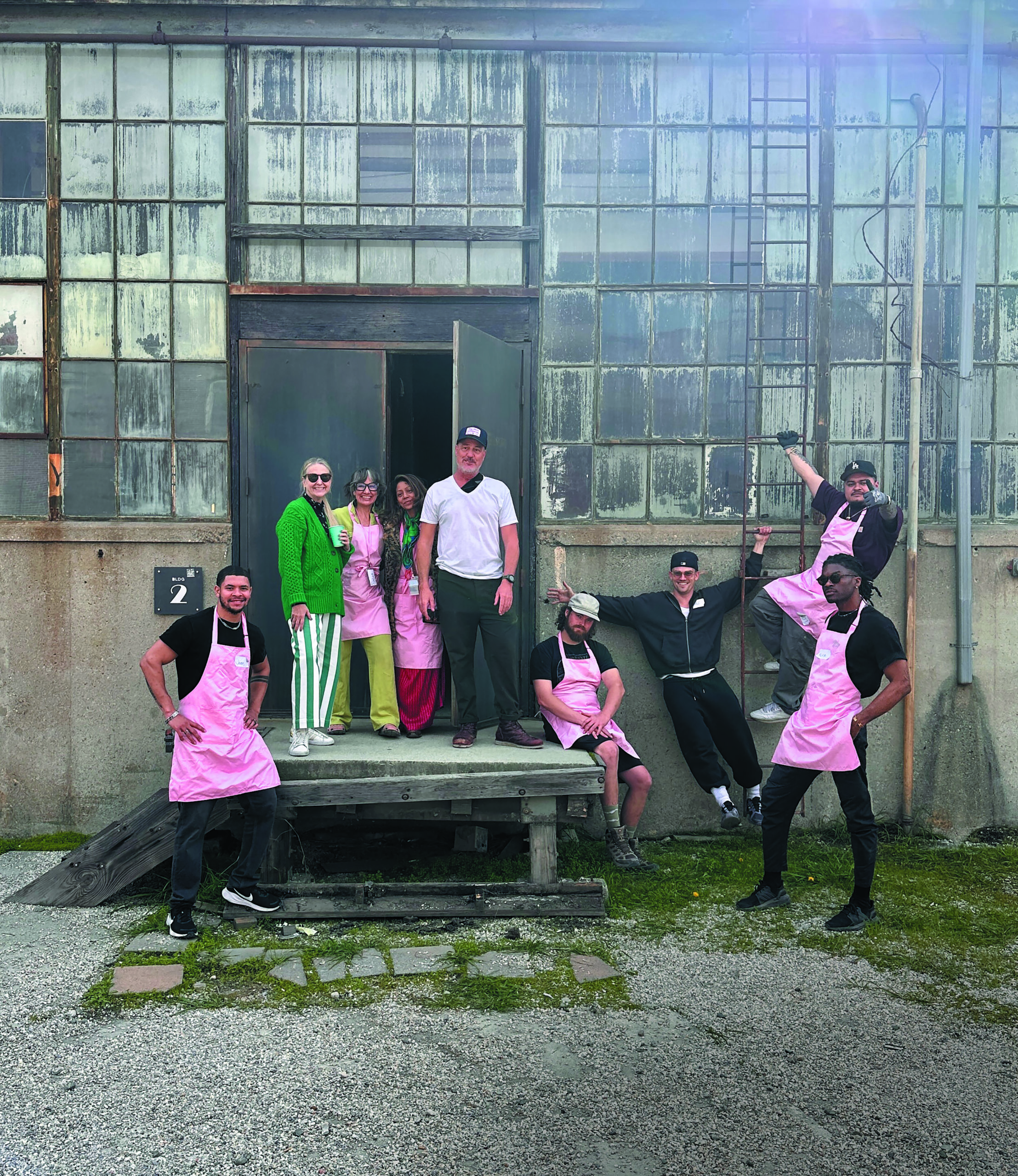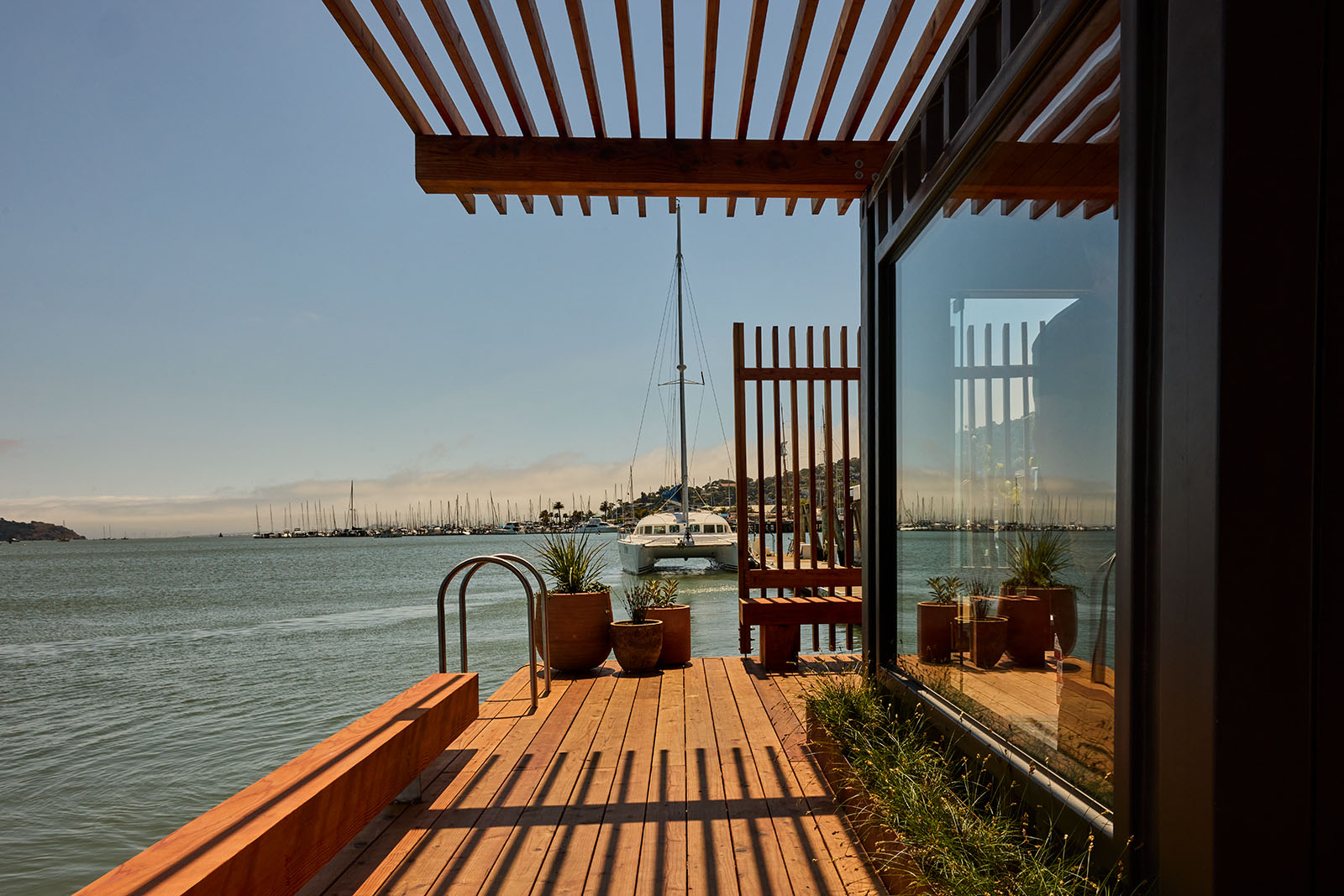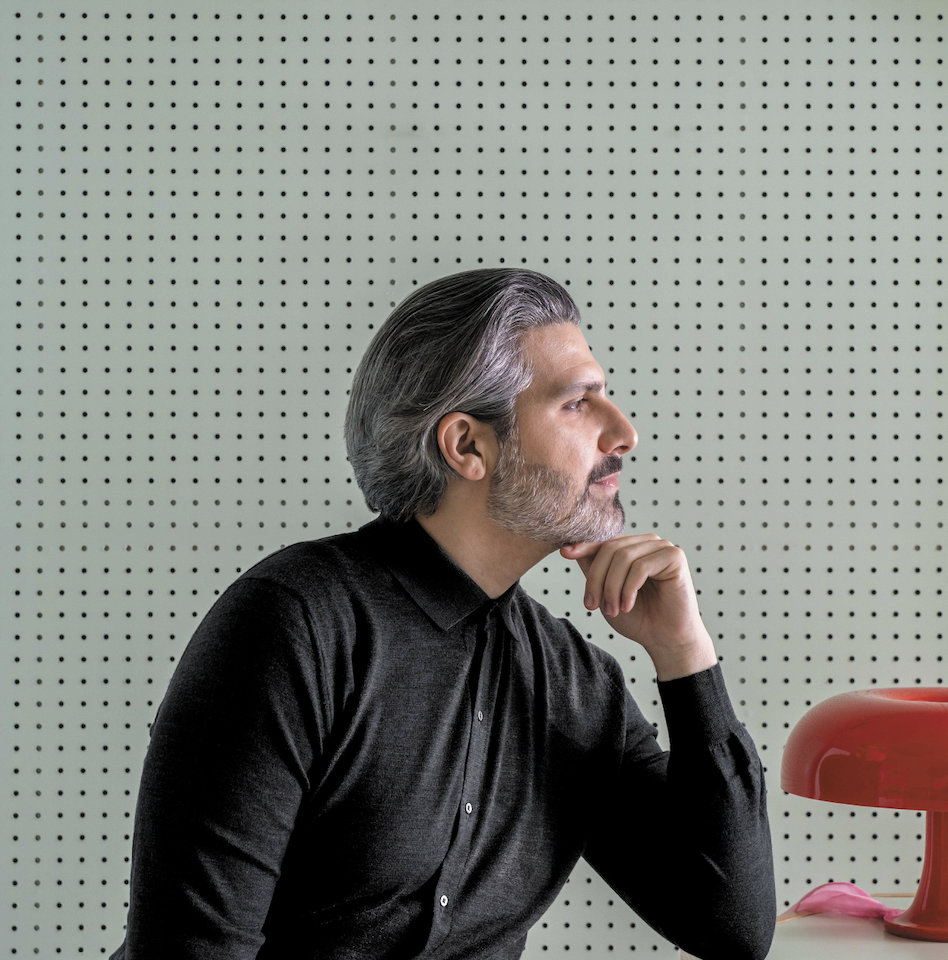What’s on the Horizon for Holly Hollenbeck
Author:Lindsey ShookLike her work at HSH Interiors, founder and designer Holly Hollenbeck is glamorous, vibrant, compelling and super cool. From high-end, ground up projects to remodels of historic homes throughout the country, HSH Interiors is renowned for personality-driven spaces that effortlessly mix modern details with romantic edge.
With over eighteen years in the design business, Hollenbeck has experienced the ebbs and flows. However, her business has remained resilient due to an early adaptation of technology, her vigorous staff and dexterity in business. Here, Hollenbeck shares how her firm has prepared for these virtual times and why the future looks bright.
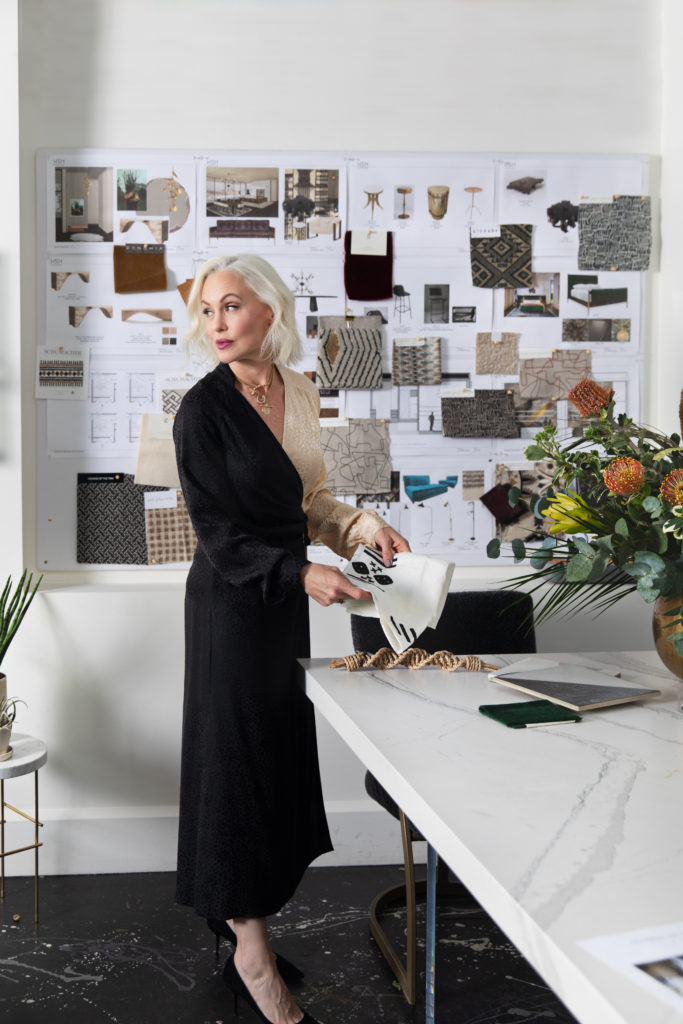
–How would you describe where your design business is today? Clearly we are all living in a time of great uncertainty with the situation surrounding the Coronavirus outbreak. Keeping our staff safe is, of course, the primary concern. My company, HSH Interiors, is working to make the shift from working in a group at our studio five days a week, to each of us working individually from our homes.
Luckily, so many great tools exist to help us work remotely these days. We have moved our Monday team meetings to GoToMeeting, so we can see each other on screen and discuss projects in real time. Our client meetings are also online as well, until it is safe for us all to meet face-to-face again. It does feel different as we miss being in the office together, and miss seeing our clients, manufacturers and showroom representatives in person.
In addition, I’m juggling working from home with homeschooling my three children. I’m shifting back and forth all day and it is not easy. Finally, I think one of the hardest things during this time is being away from our materials library, and not being able to show clients materials in person. Design is a touch and feel business and that’s hard to do through a computer!
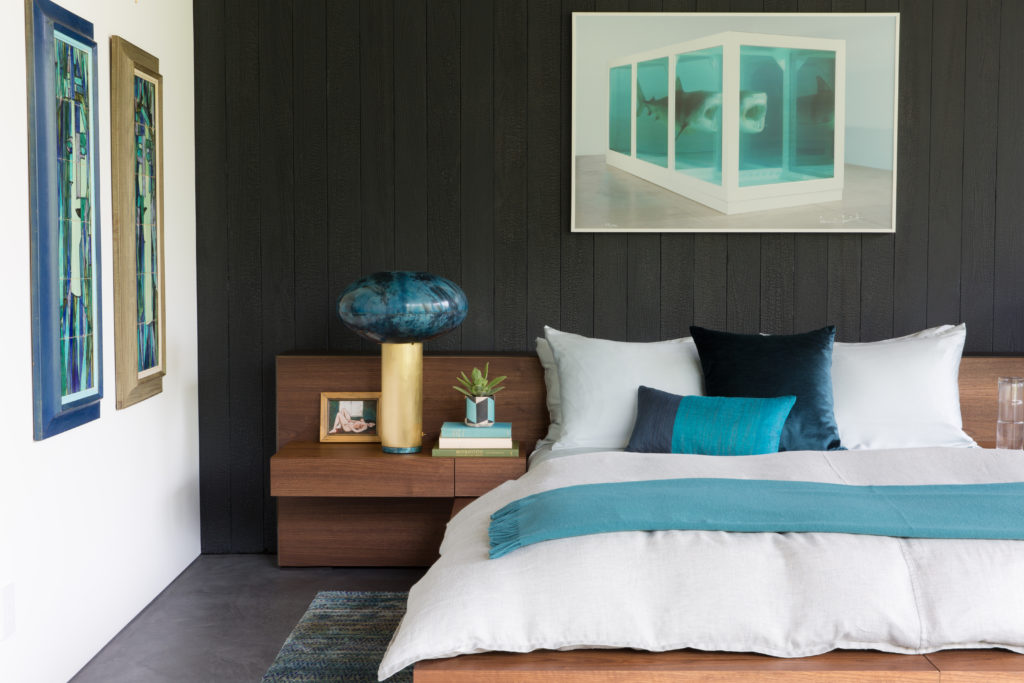
–How have you shifted your design process in the past five years? In the last two years we have grown from a team of three to six. As we grew, we worked to put processes in place that were standardized and that everyone in the office followed so we could manage projects efficiently, and be able to step in for one another when needed.
Our design process has become increasingly digital, utilizing online organizational tools such as Basecamp for organizing and sharing quotes, boards, documents, CAD drawings, specifications, tear sheets and tasking. We use Ivy for our purchasing and invoicing process.
Since we have taken on more remote projects, in areas like Jackson Hole and Manhattan Beach, we started to work with clients, architects and builders who are also out of the area. This has accelerated our use of these digital organizational and project management tools to keep the collaborative work flow efficient.
–What applications have enabled you to become more efficient on the business side, freeing up more time for creativity? Ivy, Basecamp and Go to Meeting are all integral to our organizational processes. We draft in CAD, and use Sketchup, Revit and 3ds Max for visualization tools. We are using some of the downtime at home during the shelter in place for our staff to lean new skills. Our Junior Designer is learning ArchiCAD, as we found many of the architects with whom we work are using it, we’d like to have it in our staff’s skill set. I’ve let my staff know if they have time, and want to pick up a new skill they can learn online to let me know. I’d like to make the most of the current situation and keep my staff busy, interested and engaged. Hopefully we can come out of the shelter-in-place better, stronger, more organized and with a few new skills.
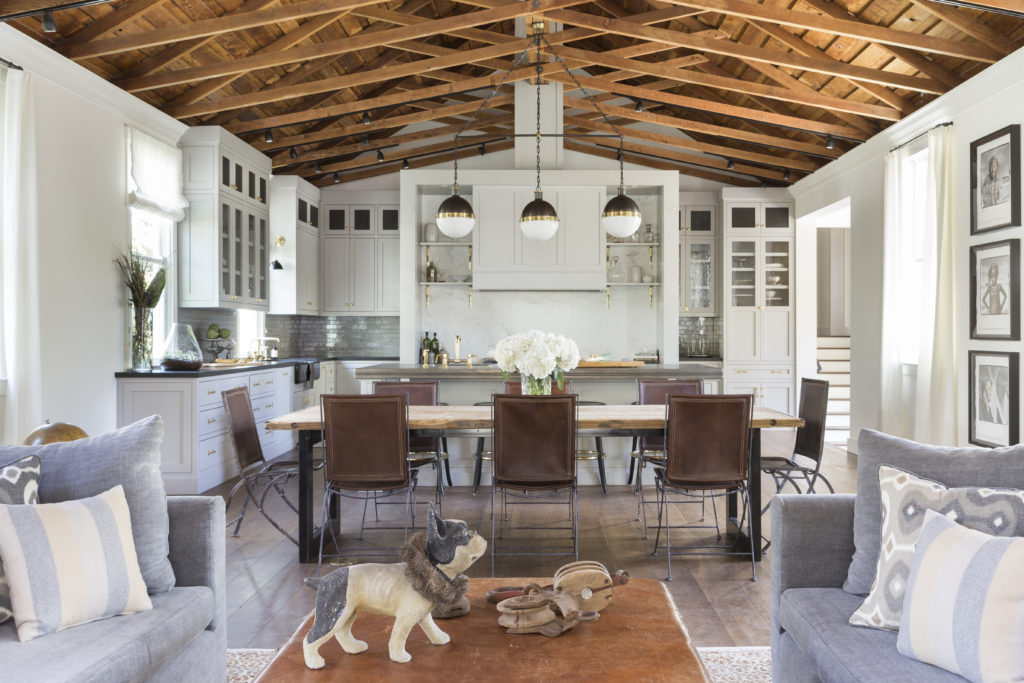
Photo by David Duncan Livingston.
-In what ways does your showroom benefit the design business and overall brand? The retail side of HSH started when we moved into our ground-floor location on Clement Street, three years ago. We thought it would be fun to put some pretty objects in the window. It has now grown from that to our carrying over twelve manufacturers such as BTW Ceramics, Slowdown Studio, GOLDA, Aparentment, Collection Particuliere and Huldra of Norway. As our staff grew, our retail section necessarily shrank, but we still stock some items which we often use to style our own projects, and we also sell online through our website.
–Giving the current economic climate, what measures have you put in place to prepare you for a shift in the business? Prior to working in interior design I worked at an investment bank, then a consulting firm, then an internet start up. So for me, the foundation of my business has to be smart, conservative finances. I have grown HSH Interiors slowly and carefully over the last 18 years. We also tend to run quite a few large projects for how small we are, we work efficiently so our staff is the right-size and profitable. I also feel lucky that we have a couple of very large projects underway which will continue for the next two to three years. Having these to rely on for steady income alongside other smaller projects is helpful. I have also always wanted to work in single family home development, but never felt I had the time to devote to another gig. Maybe if the client work slows a bit with the current stock market slide, we’ll have time as a team to pick up a home development opportunity or two.
–What is next on the horizon for HSH Interiors and Holly Hollenbeck? We remain focused on making our transition to a virtual office as seamless as possible for our staff and clients. Fortunately, so many of our showroom partners and vendors reacted quickly to the shelter-in-place order and haven’t missed a beat. Quotes and orders are flowing. Shipping and supply chain slowdowns, however, are starting to arise and I suspect will become a bigger issue as the fight against Coronavirus stretches out. In the short term, we are simply project and client focused and making the best of every day. In the long term, I know California and our design industry will recover, and until we do, I hope we can all support one another.
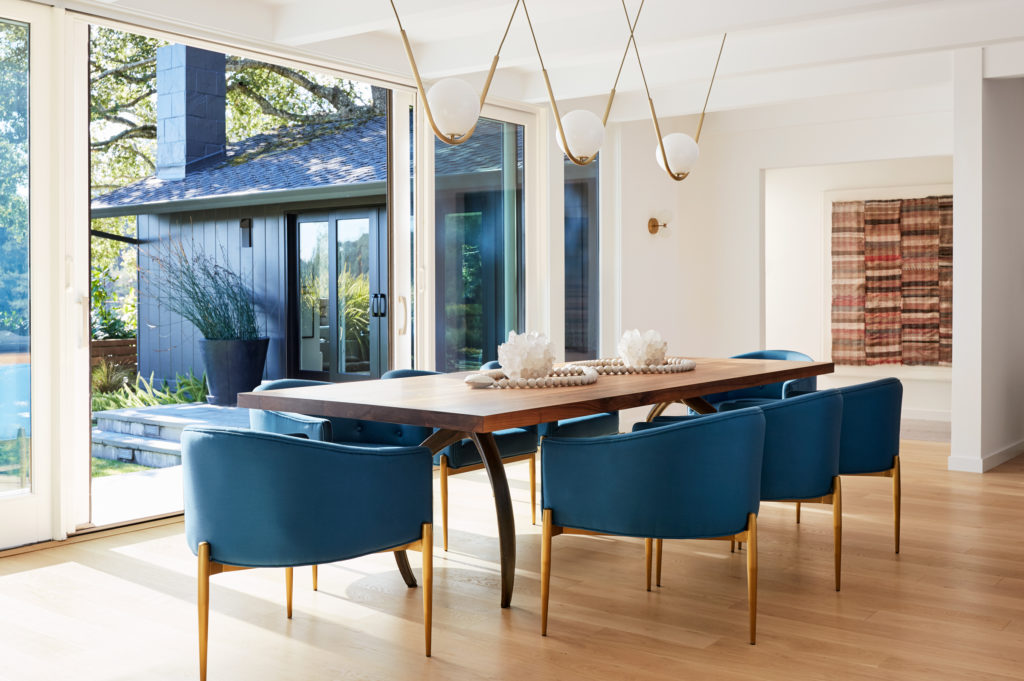
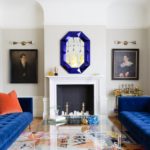
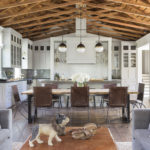
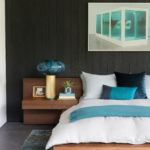
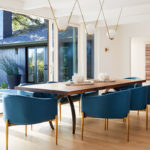
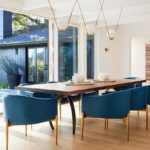
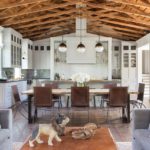
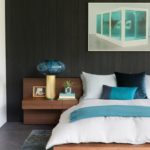
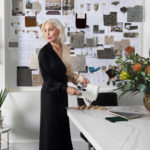
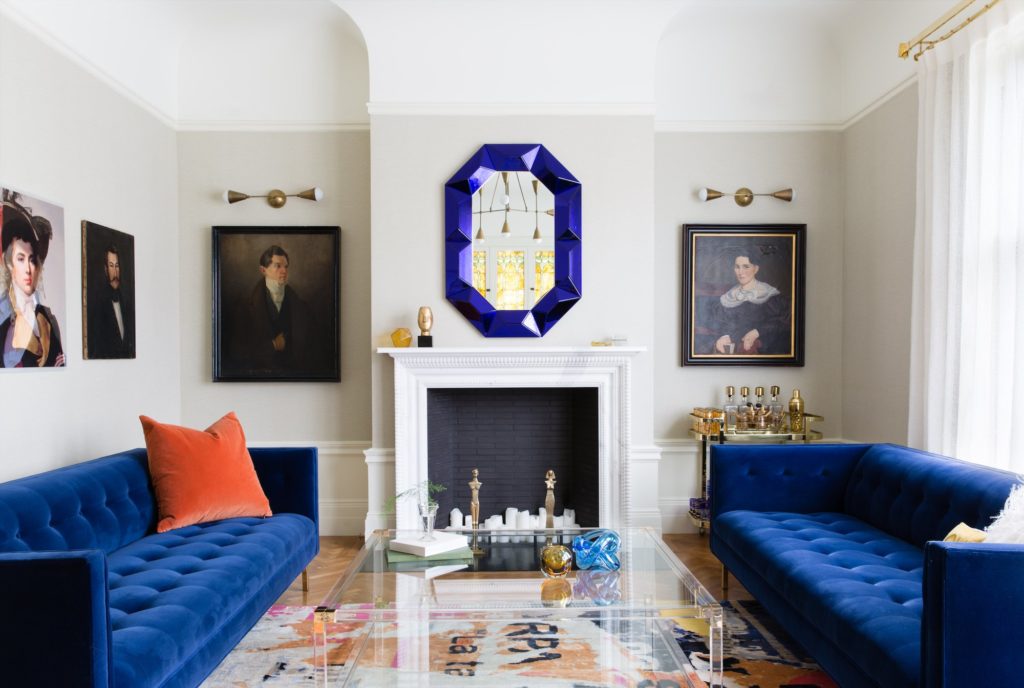 Holly Hollenbeck’s home in San Francisco. Photo by Suzanna Scott.
Holly Hollenbeck’s home in San Francisco. Photo by Suzanna Scott.